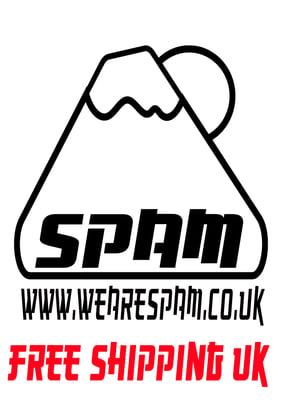Dots
Dots T-shirt
Hand Screen Printed on Stanley and Stella Organic Cotton Tshirt.
Spectral Yellow with Bright Blue Print
Cidital Blue with Neon Orange Print
The word “dot” was first used in the graphic arts to refer to the tiny pattern of dots that can simulate a continuous tone image using solid ink. Developed in the mid- to late-1800s, this technique – and the use of the term “dot” – predated the computer graphics revolution by more than a century.
As you can see in the image below, a photograph can create a smooth gradation of values from black to white and all shades of gray in between. This is not the case, however, with most printing methods, including offset lithography and desktop digital printing. These technologies can only print areas of solid ink. The ink is never diluted, nor is white ink added to the mix to make shades of gray. The only way to reproduce shades of gray in print is to break the image up into tiny dots that appear to blend into a continuous tone when viewed with the naked eye. Such an image, composed of a pattern of tiny dots, is called a halftone. The dots themselves are known as halftone dots.
The process begins with a film negative of the original image. Light passes through the negative and then through a screen, usually a plate of glass with a grid of horizontal and vertical lines etched onto its surface. After passing through the screen, the light exposes another piece of film. The screen functions as a diffraction grating, breaking the light into tiny discreet rays, which create the pattern of dots. The result is a duplicate film negative with a pattern of solid dots instead of continuous shades of grey. The duplicate negative is then used to create a plate for the offset printing process.
We print in small batches. This may lead to having low stock of some sizes. You will be informed via email of any delays. We will aim to reprint your order within 10 working days.





